
In August 1624, large parts of the old city of Oslo were reduced to ashes. Get to know the new city that emerged.
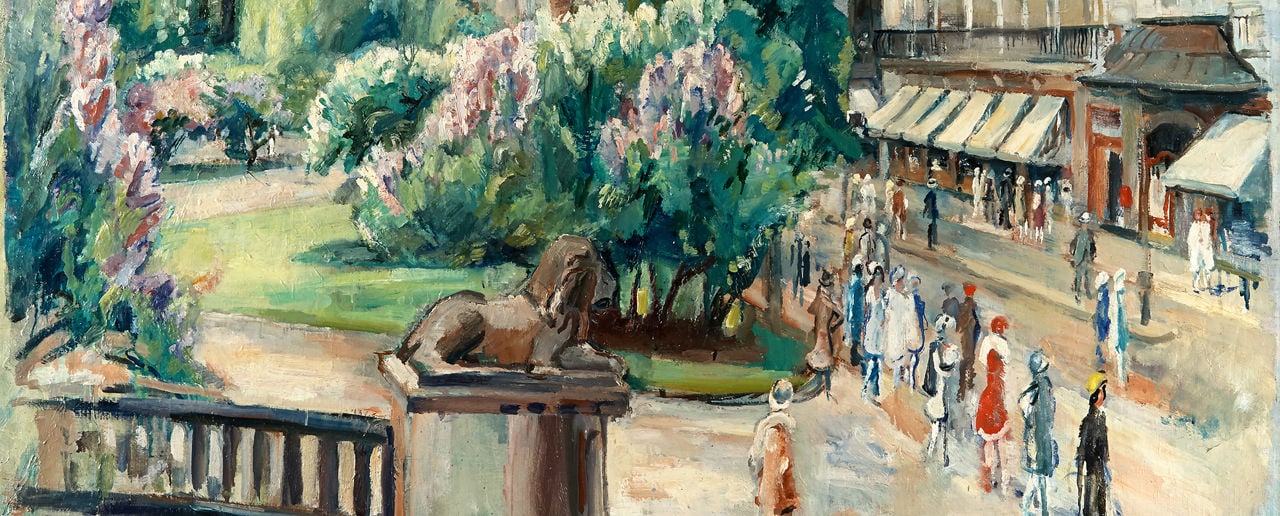
In what ways have artists seen, interpreted and painted Oslo throughout history? See the city through the eyes of the artists.
Bymuseet, Frognerveien 67
15 October 2021–23 February 2025
City life and urban landscapes have fascinated and inspired artists for hundreds of years. The exhibition gives the audience an insight into the city from the artists’ perspective. What can their paintings tell us about Oslo’s history and life in the capital?
In «Cityscapes – Capturing Oslo» you get to know the city through the artists’ gaze and brushstrokes. You can enjoy works by well-known artists such as Peder Balke and Edvard Munch as well as less established painters.
The exhibition is based on the Museum of Oslo’s art collection, which comprises approximately 10 000 works.
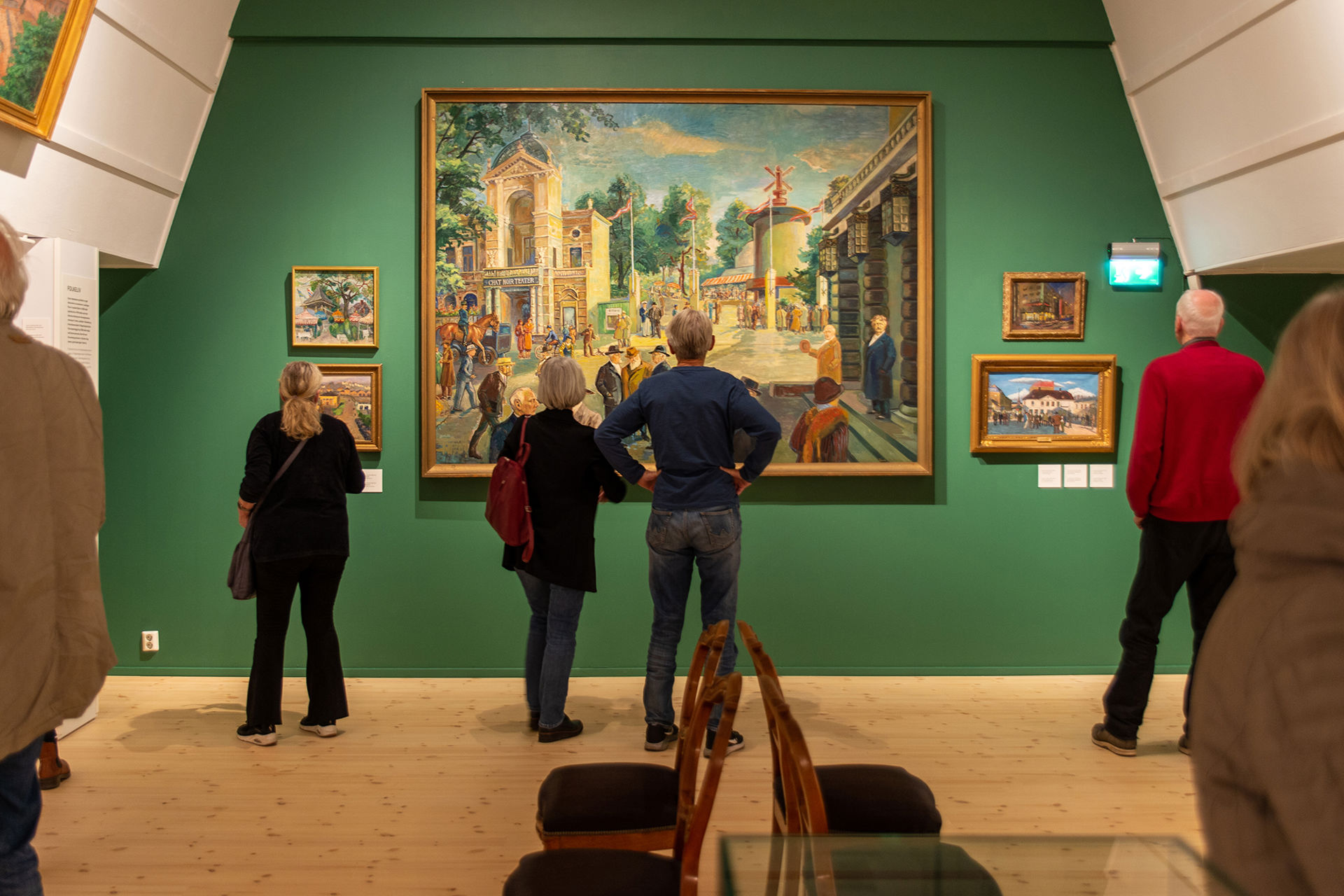
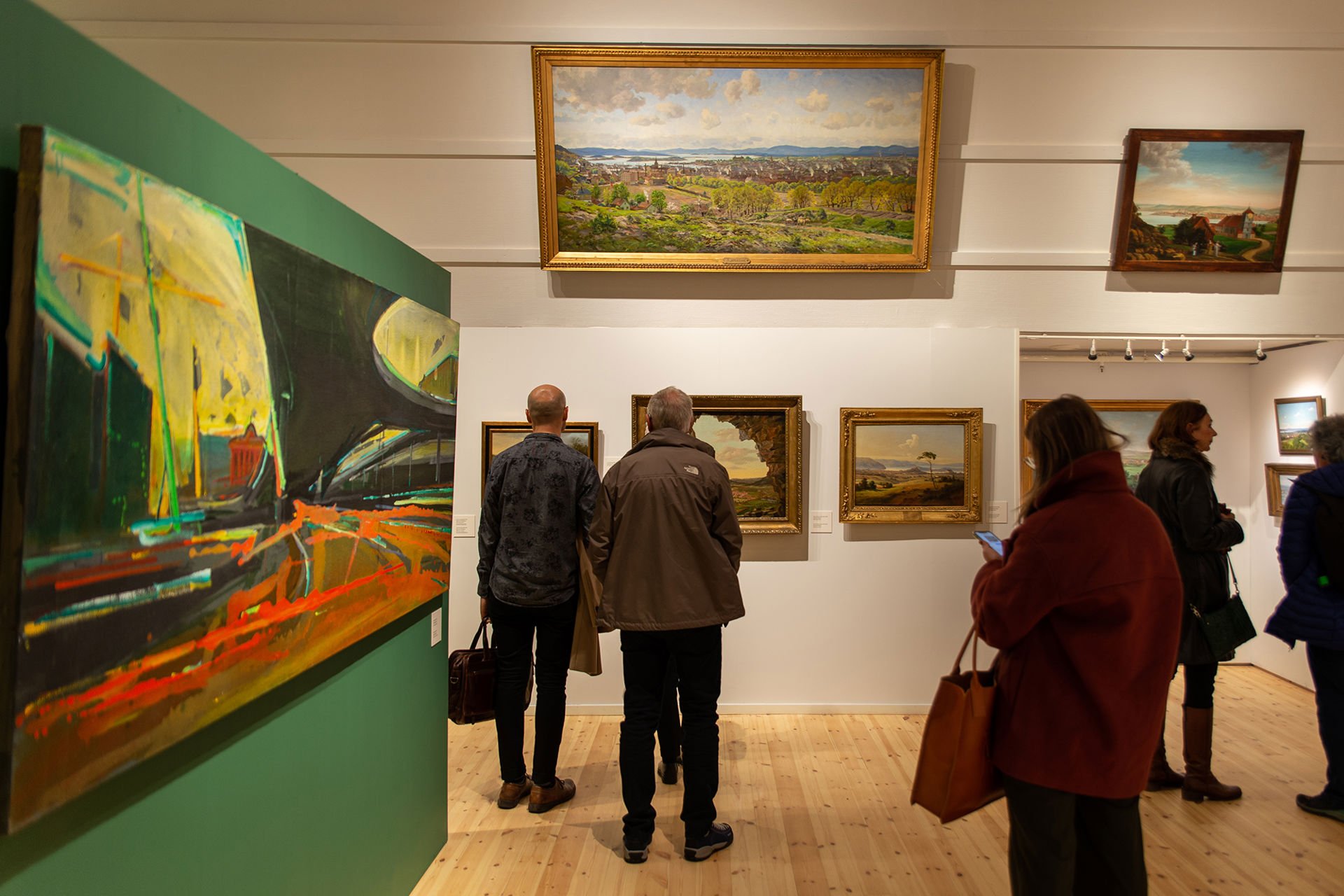
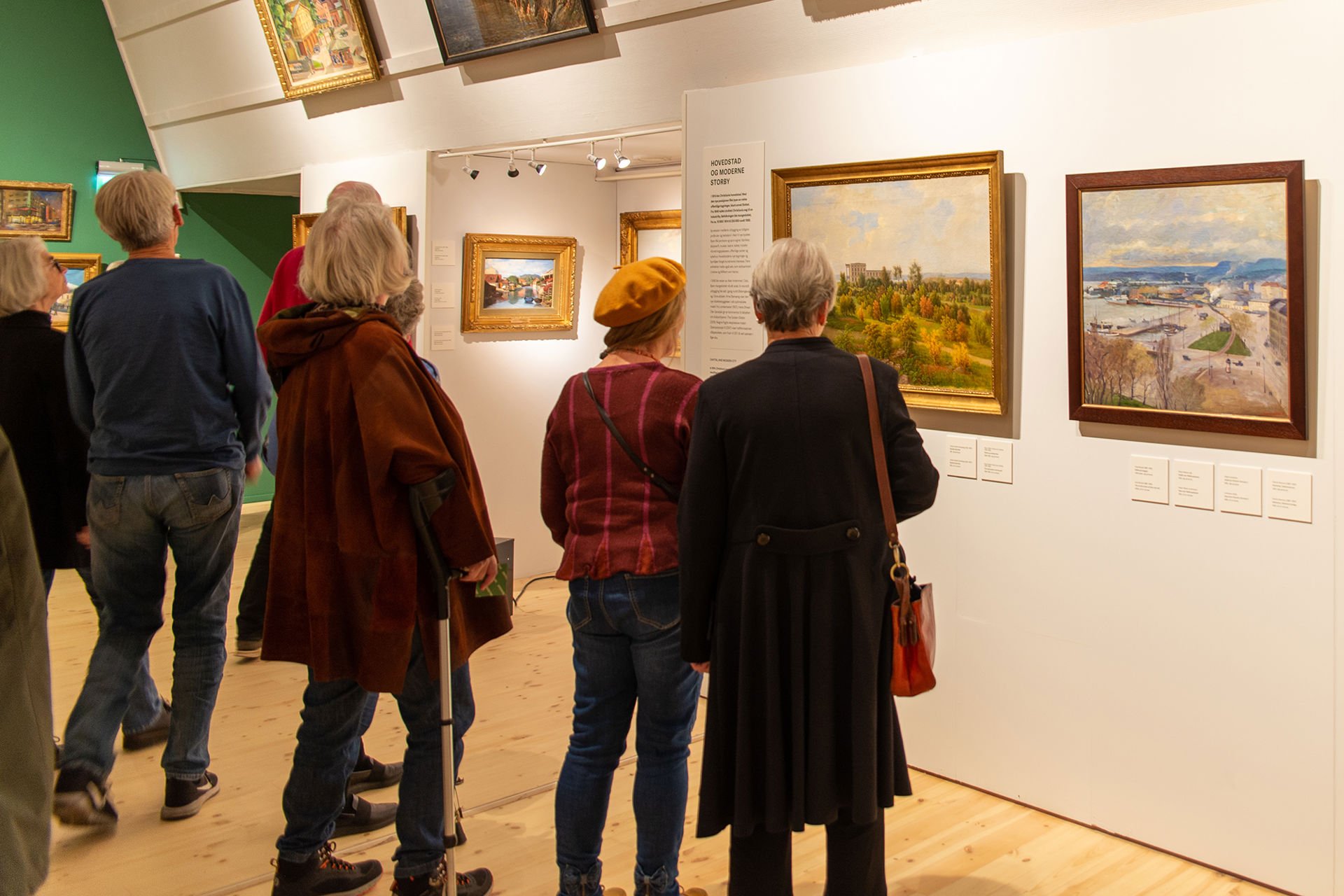
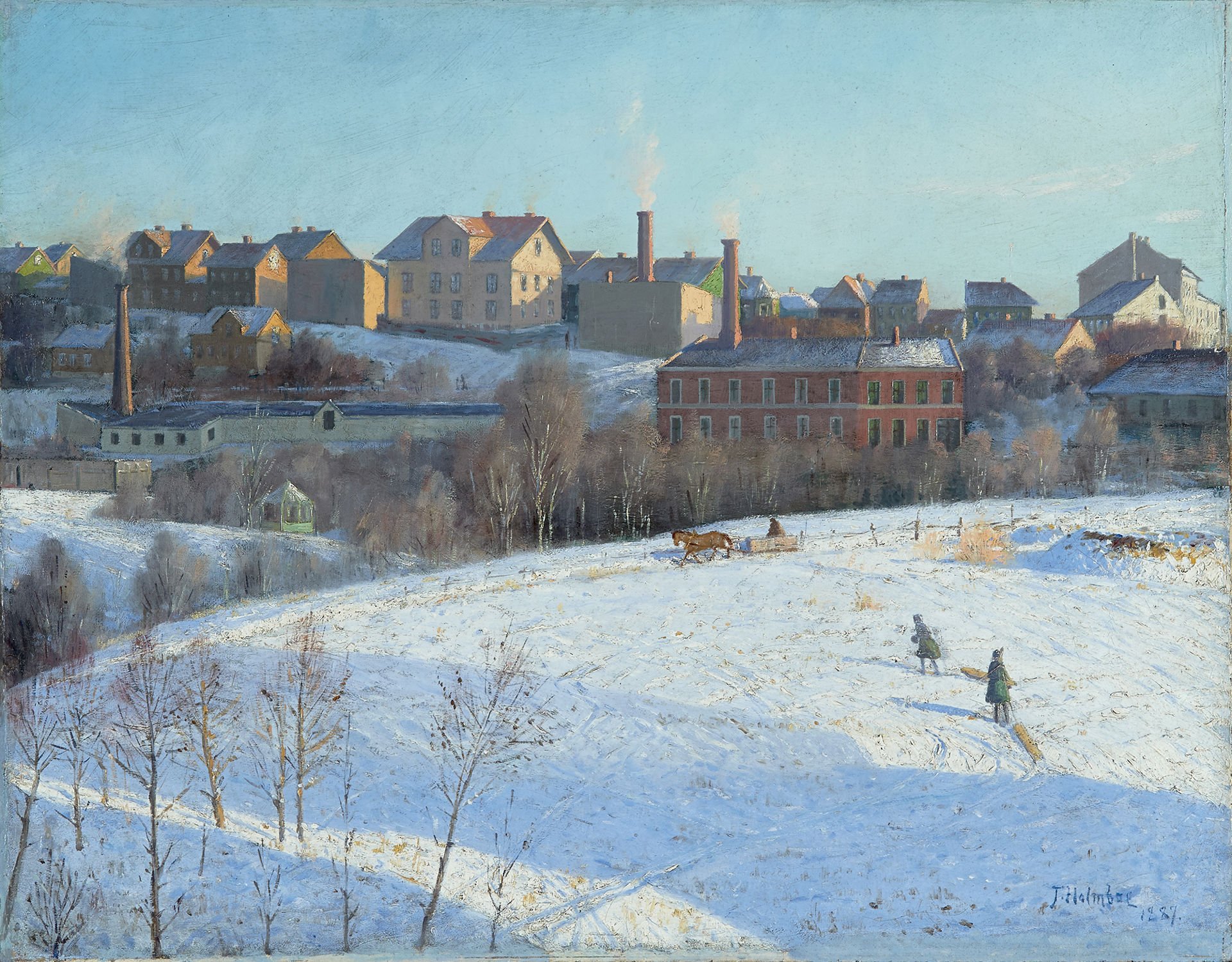
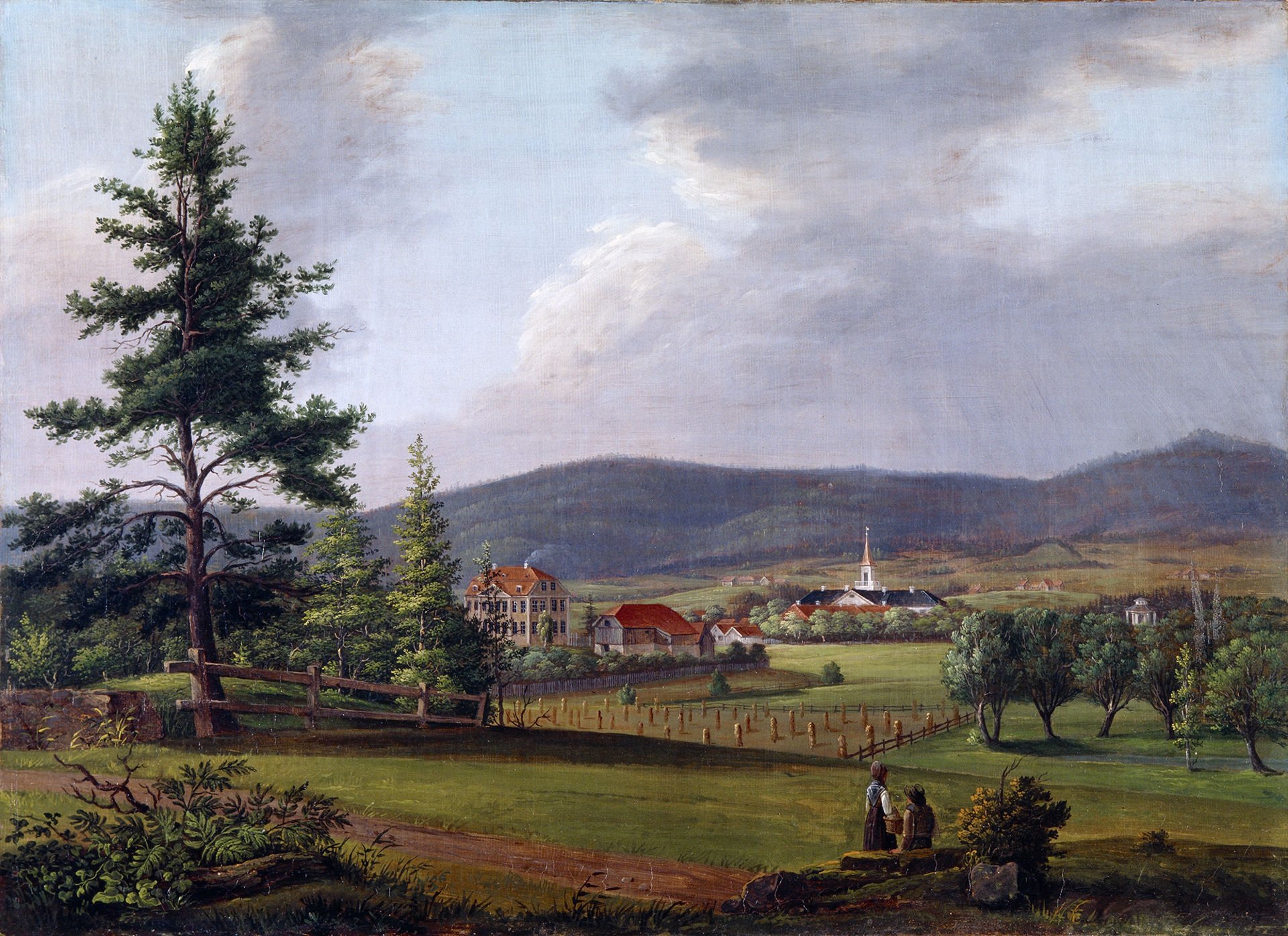
Tuesday and Wednesday: 11am–4pm
Thursday: 11am–6pm
Friday, Saturday and Sunday: 11am–4pm
Adults: NOK 120,-
Students: NOK 60,-
Children and youth (under 26): Free admission
Free admission for everyone on the first Thursday of the month.
Tickets include entrance to the Museum of Oslo and the Theatre Museum.
Address: Halvdan Svartes gate 58, 0266 Oslo
Take tram 12 or bus 20 to Frogner plass, or all subway lines to Majorstuen
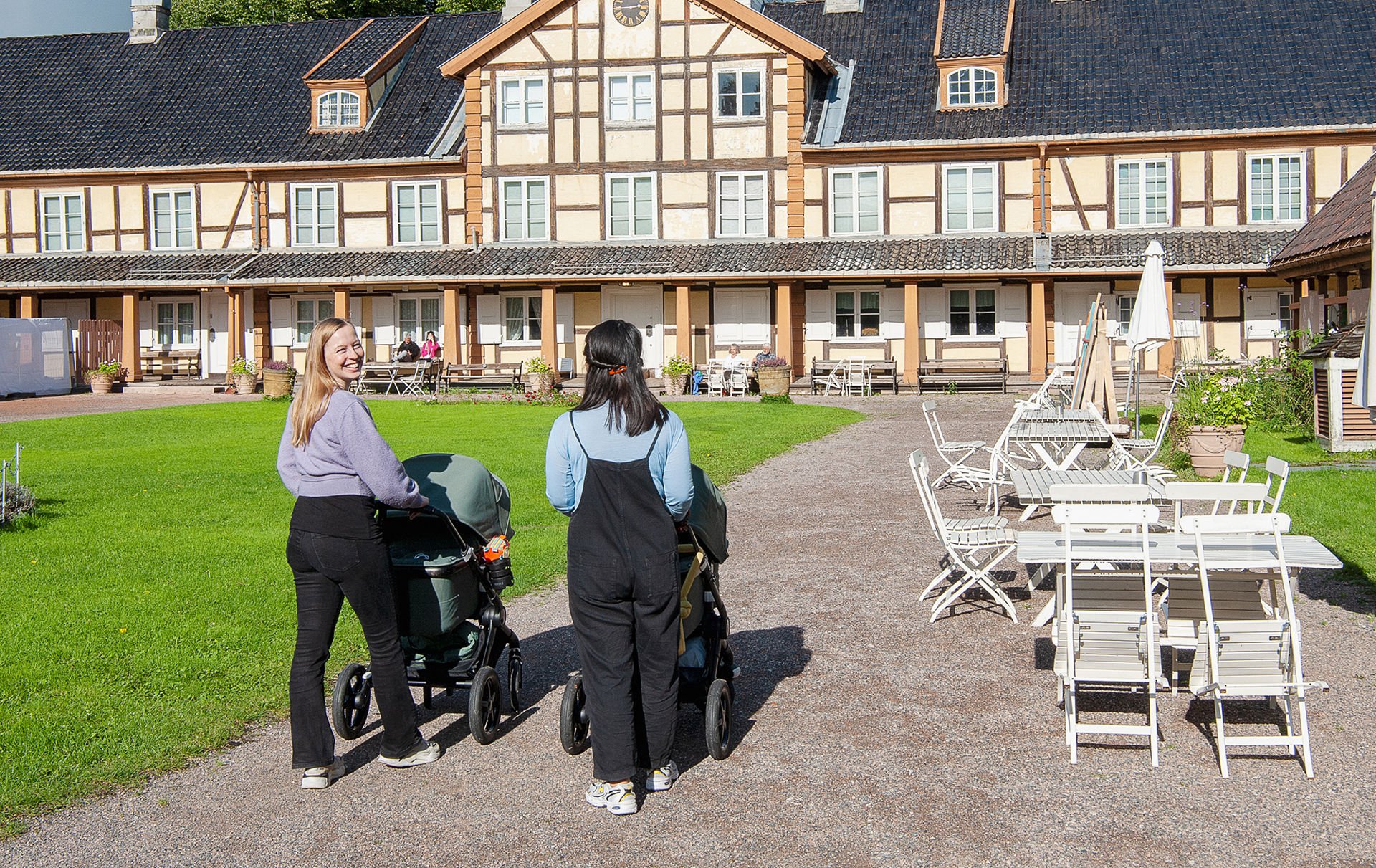
The Museum of Oslo is beautifully located at Frogner Manor in the Frogner park, together with the Theatre Museum. Here, you can familiarize yourself with the history behind today’s diverse city. Experience a variation of exhibitions about Oslo’s history, urban development, the city’s inhabitants, and current issues facing the Oslo of today.
You can also visit our pleasant café and gift shop.

In August 1624, large parts of the old city of Oslo were reduced to ashes. Get to know the new city that emerged.
Six artists based in Senegal and Norway are behind the exhibition Ndiakhass – which means patchwork in Wolof.

Who are we, the people who make up Oslo today? Meet some of the many people who have chosen to share parts of their lives.
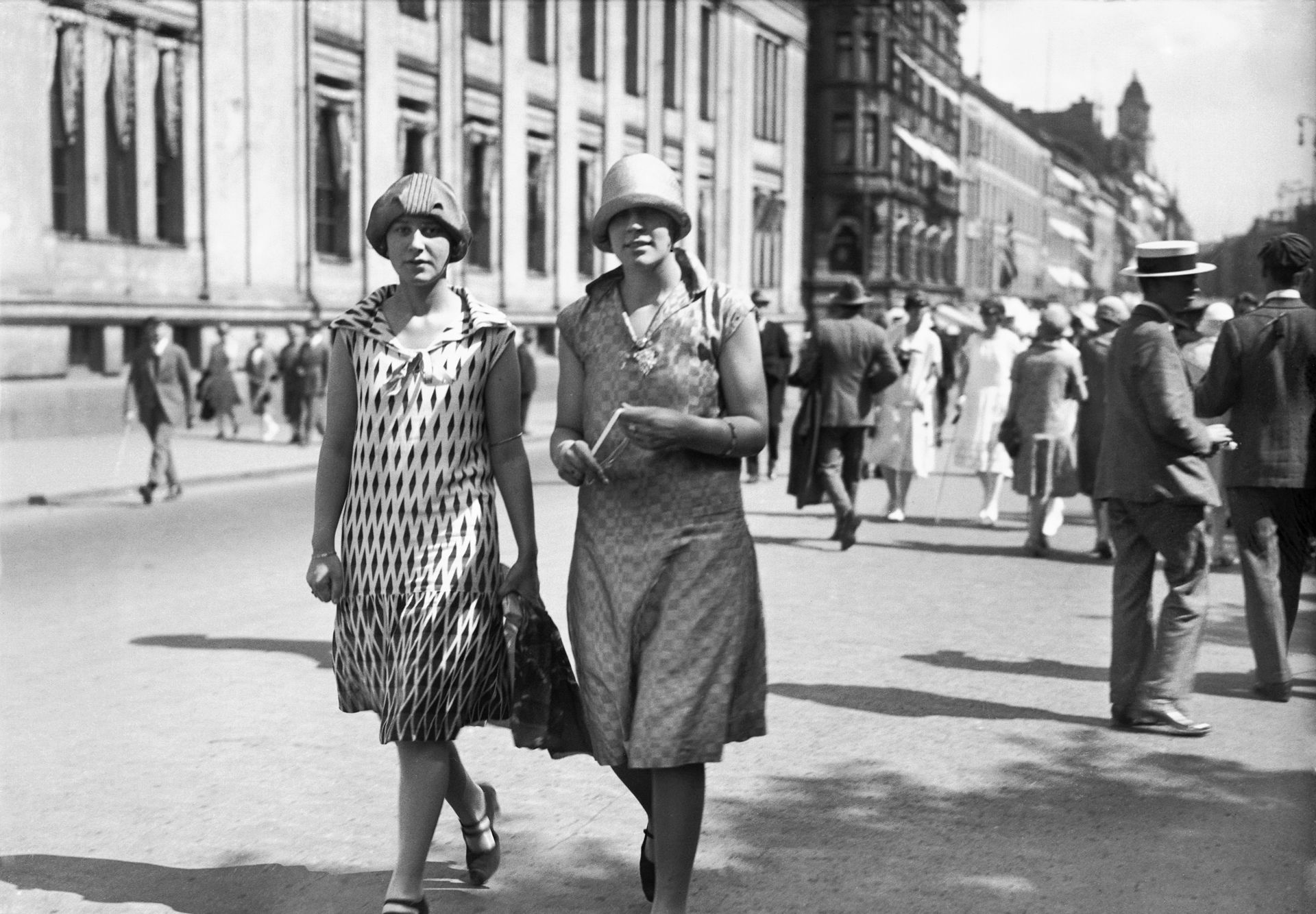
Life in Oslo in the 1920s: technological innovation, jazz, dance, and women’s liberation – but also social inequality, poor housing conditions, and political strife.